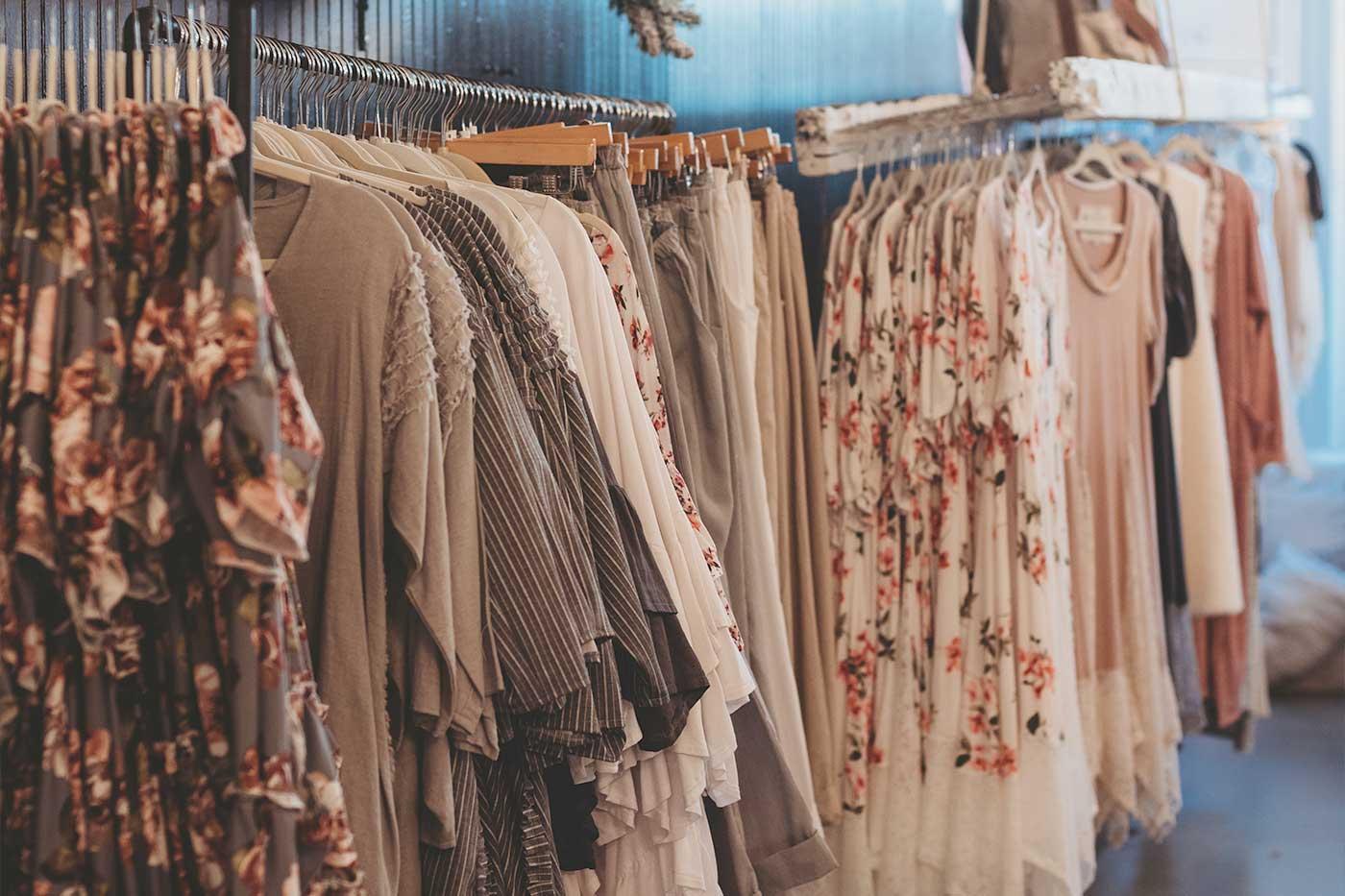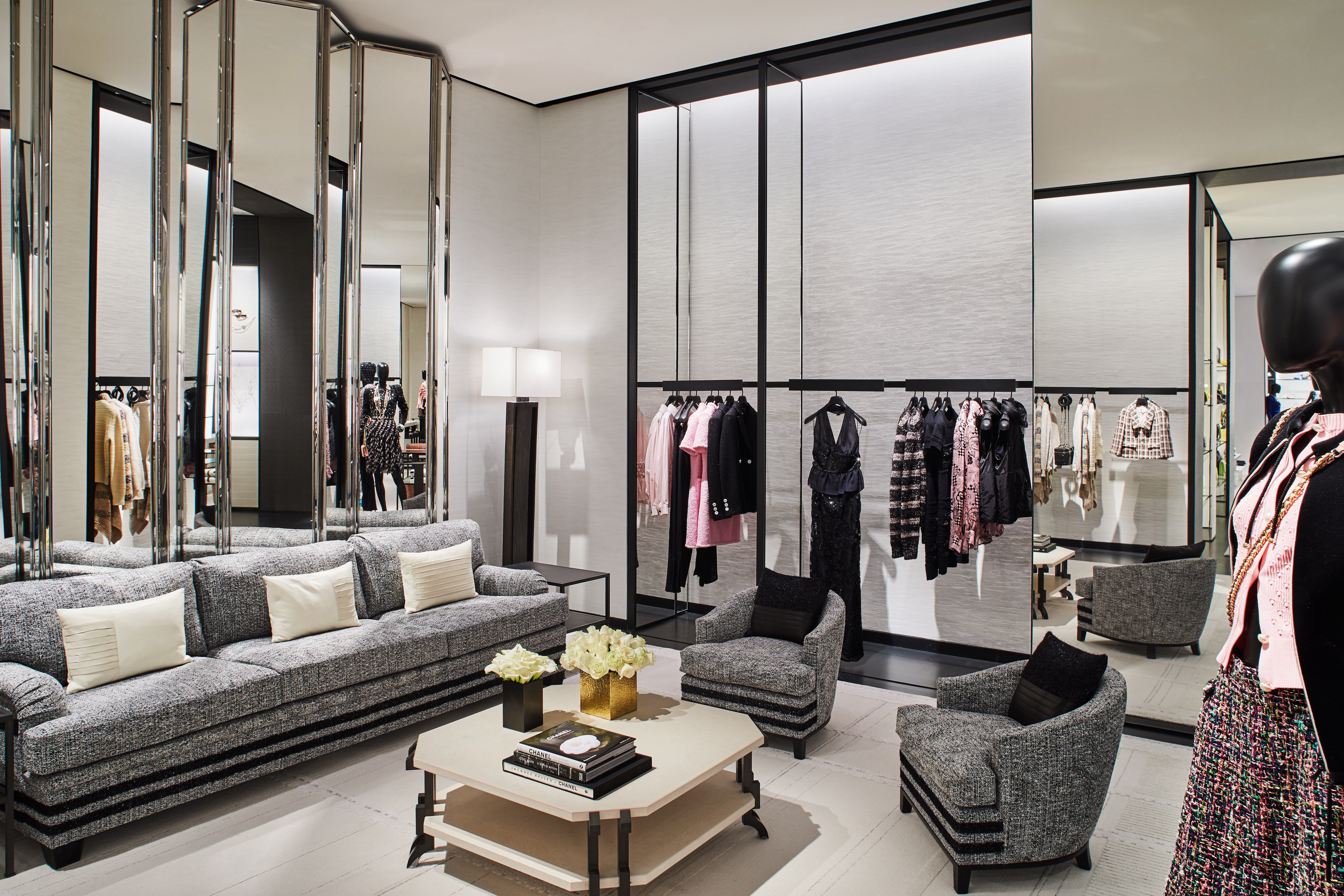Exploring the Development and Impact of Clothing on Modern Fashion Trends
The development of garments has dramatically influenced contemporary fashion patterns, combining historical precedents with cutting-edge advancements. Legendary numbers like Coco Chanel and Yves Saint Laurent reinvented the fashion industry by presenting concepts that prioritize convenience and ease of access, which proceed to reverberate today. Technological strides in areas such as 3D printing and wise fabrics are redefining design possibilities and customer experiences (boutique fashion). Additionally, the expanding emphasis on inclusivity and sustainability is improving sector criteria. As we consider these multifaceted influences, one have to question just how these aspects jointly redefine style's duty in showing and shaping modern culture.
Historic Style Influencers
In the tapestry of fashion history, specific numbers have actually left an indelible mark, shaping the fads and styles that specify entire periods. Coco Chanel, an advanced developer, redefined females's style by introducing comfy, sophisticated clothes that departed from limiting corsets. Her renowned Chanel match and little black dress have actually come to be ageless staples in closets worldwide. Likewise, Christian Dior's post-war "New Look" in 1947, with its party of femininity via full skirts and cinched waists, marked a return to luxury and has actually remained to affect developers.
Elsa Schiaparelli is another critical number, renowned for her progressive designs that incorporated surrealist art, collaborating with Salvador Dalí to develop whimsical items that tested standard looks. Her ingenious use shade and strong patterns reverberates in contemporary fashion. Yves Saint Laurent, at the same time, democratized haute couture with prêt-à-porter collections, bringing runway designs to the masses and establishing a precedent for modern-day ready-to-wear lines.
These dreamers, to name a few, not only transformed style in their times yet likewise set enduring patterns that resonate in today's apparel industry, providing a foundation whereupon modern-day developers continue to develop and innovate. Their legacies highlight the importance of creative thinking and daring in style's ever-evolving story.
Technological Advancements in vogue
Amidst the dynamic landscape of the apparel industry, technological innovations stand at the center of advancement, reshaping exactly how developers create and consumers engage with fashion. The combination of 3D printing has actually transformed layout processes, allowing developers to try out intricate frameworks and sustainable products that were formerly unthinkable. This technology facilitates rapid prototyping, minimizing waste and expediting production times.

Smart fabrics, installing innovation right into fabrics, are likewise transforming the sector. Technologies like temperature-regulating and self-cleaning materials supply improved functionality and comfort. Wearable modern technology, integrating attributes like fitness monitoring and communication, includes a new dimension to style, merging aesthetic appeals with functionality.
Social Changes and Design
As technological improvements continue to reshape the fashion business, cultural changes are equally influential, redefining design and consumer choices. Over the last few years, the rise of social media systems has actually increased the dissemination of worldwide fashion fads, allowing diverse social influences to exist side-by-side and merge. This digital interconnectivity has actually assisted in the fast exchange of ideas, causing an extra inclusive and diverse interpretation of style that mirrors the multifaceted nature of modern-day culture.
Cultural recognition and appreciation have actually triggered developers to attract motivation from a wider spectrum of historical and ethnic contexts, integrating conventional motifs with modern aesthetic appeals. This fusion has resulted in style that reverberates with a bigger target market, promoting a sense of identity and belonging throughout different demographics. In addition, the raising demand for personalization has actually driven brands to use customizable options, making it possible for consumers to express uniqueness while reflecting their cultural heritage.
Furthermore, moving societal values have impacted style, with inclusivity and diversity ending up being main motifs. The industry has started to accept versions and influencers of various type of body, ethnic cultures, and gender identifications, tough conventional appeal criteria. This transformation emphasizes the power of social changes fit the future of fashion, as style comes to be a more authentic expression of collective and individual identity.
Sustainability and Modern Style
While the garment industry proceeds to develop, the necessary for sustainability has become progressively immediate, affecting modern-day layout techniques. This change intends to resolve ecological concerns and honest considerations, resulting in a reevaluation of traditional production techniques. Developers are now incorporating lasting materials, such as natural cotton, recycled polyester, and eco-friendly textiles, into their collections, decreasing the eco-friendly footprint of style. The surge of sluggish fashion, which stresses high quality over quantity, encourages consumers to buy ageless items as opposed to short-term patterns.
Furthermore, modern style is identified by its technology in reducing waste and promoting circularity. Strategies such as zero-waste pattern cutting and 3D knitting are acquiring traction, enabling developers to create garments with marginal material wastefulness. Furthermore, brand names are taking on clear supply chains, guaranteeing accountability and promoting customer trust. This approach not just alleviates ecological effect yet additionally boosts the social responsibility of style houses.

Future Trends in vogue

Sustainability will certainly proceed to be a driving force in shaping future fashion patterns. The industry is significantly taking on green materials and honest production methods, replying to an expanding customer demand for liable techniques. Innovations such as bio-fabricated products and closed-loop recycling systems are readied to redefine how apparel Going Here is generated and consumed, minimizing ecological effect while maintaining style and high quality.
Social shifts, including the rise of inclusivity and diversity, will likewise play an essential function. As culture becomes a lot more knowledgeable about social issues, style is expected to become a system for expression and modification. Designers will likely concentrate on developing collections that reflect a broader series of identities and experiences, promoting depiction and availability.
Verdict
The evolution of garments significantly influences modern fashion fads, where historical influences merge with modern layouts. Key figures like Coco Chanel and Yves Saint Laurent have redefined design, while technical innovations such as 3D printing and smart fabrics broaden creative possibilities. Cultural shifts in the direction of inclusivity and sustainability oblige brands to embrace and embrace honest practices diversity. This ongoing evolution underscores fashion's duty as a mirror to societal worths and technical development, suggesting a future abundant with innovation and inclusivity.
The advancement of clothes has substantially influenced modern style patterns, merging historical criteria with sophisticated innovations.Among the vibrant landscape of the style sector, technological innovations stand at the center of innovation, reshaping how developers produce and customers involve with style.While the fashion sector proceeds to advance, the essential for sustainability has come to be significantly urgent, affecting modern-day style practices. As sustainability visit this site right here ends up being embedded in modern layout, it leads the method for an extra accountable and mindful fashion sector.
The advancement of clothing considerably affects modern-day fashion trends, where historic influences merge with modern designs.